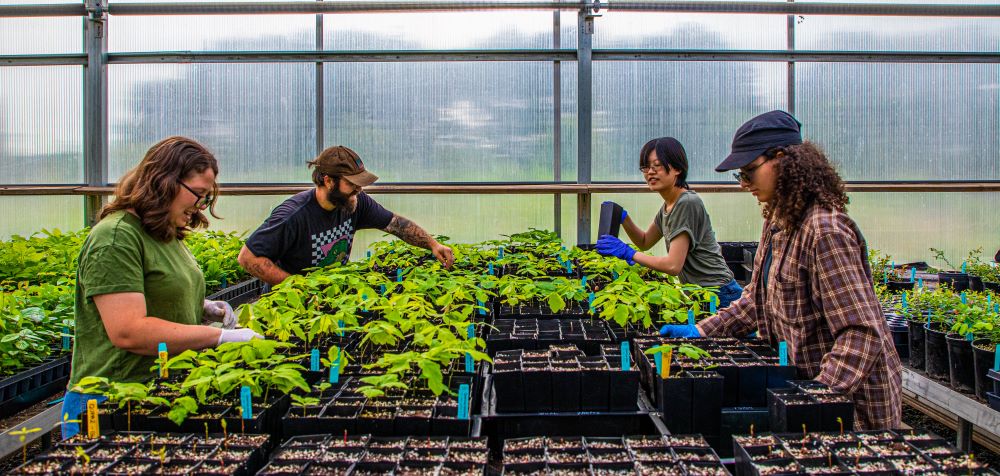
Photo Credit: Aleksandr Watson / American Forests
ELEVEN MILES FROM LAGUARDIA AIRPORT in Queens, N.Y., nestled between a car dealership and an auto shop and amid a crisscrossed matrix of highways, sits one of the entrances to Alley Pond Park. The park, 650-acres in its entirety, offers a natural oasis with glimpses into the geological history of New York as well as the city’s future-focused conservation efforts. Its glacier-sculpted landscape features a diverse ecosystem with freshwater and saltwater wetlands, tidal flats, meadows and forests.
The more than 27,000 people who live within a 10-minute walk of this park are mostly low-income and minority. The park also may bear a disproportionate share of negative environmental consequences due to its industrial surroundings and various policies. For these two reasons, the area has been designated by the New York State Department of Health as an environmental justice area, establishing an important baseline of social vulnerability for an area that the city uses to determine need and investment. On a mild autumn morning, staff and volunteers from American Forests, NYC Parks, the Natural Areas Conservancy and American Express came to the site to plant 400 native trees and shrubs to support the delicate ecosystem in overcoming the challenges of thriving in an urban environment.

Photo Credit: Aleksandr Watson / American Forests
Investing in the health and longevity of Alley Pond Park means investing in the health and longevity of the communities that surround it. Trees in forested areas absorb dangerous air pollutants, including the carbon that threatens our climate; mitigate the effects of the Urban Heat Island; and are important for reestablishing insect, bird and wildlife habitat.
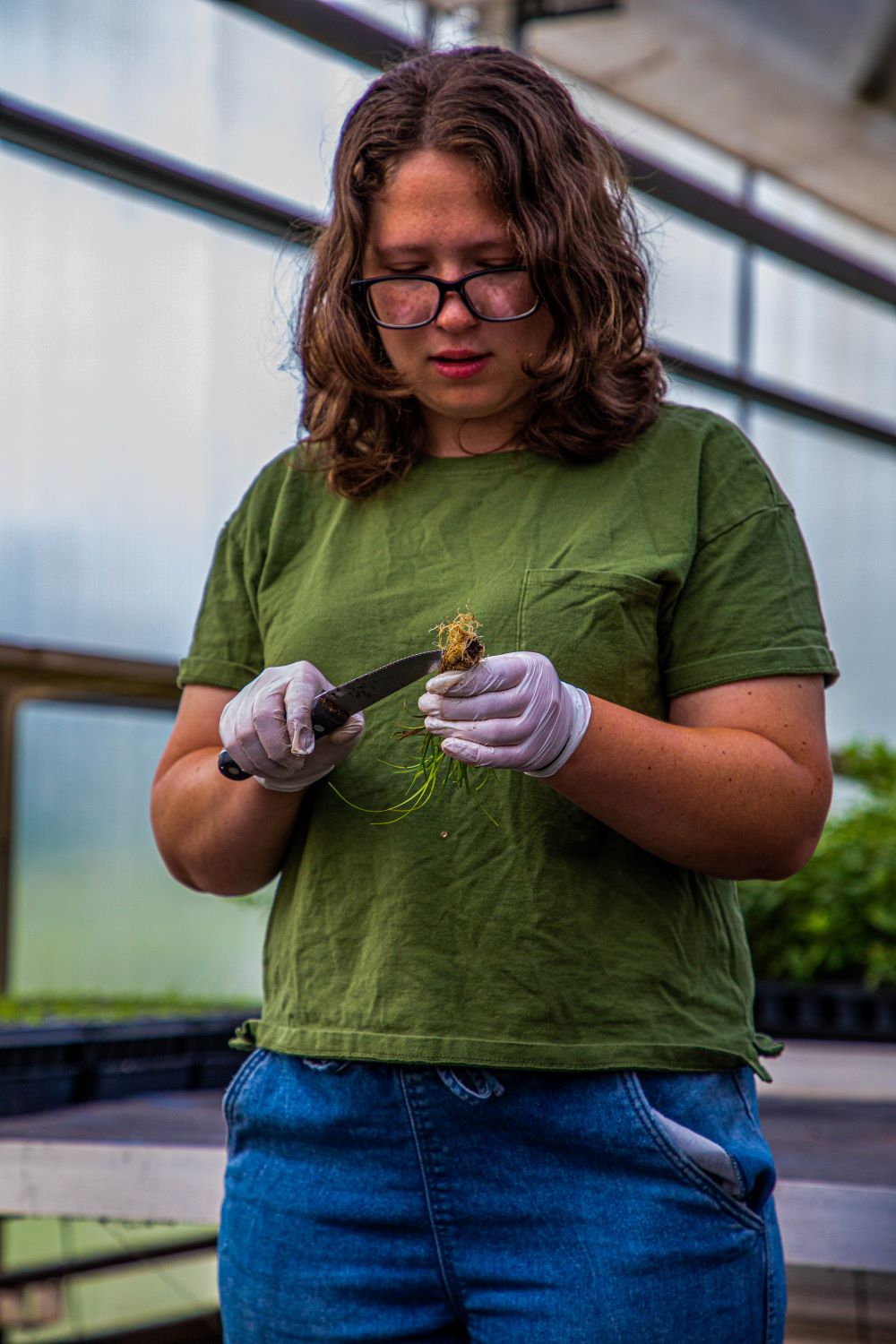
Photo Credit: Aleksandr Watson / American Forests
Among the volunteers planting in Alley Pond Park is Christina Gualtieri, an environmental science student entering Brooklyn College for the spring 2024 semester, who is a paid intern with the Natural Areas Conservancy. For the past year, Gualtieri has been interning at NYC Parks’ Greenbelt Native Plant Center, along with others in the Natural Areas Conservancy’s City University of New York internship program, assisting in ushering thousands of plants through their life cycle from seed collection to propagation to potting. Today, she is chaperoning some of these plants to their permanent home, where they will serve the community by filtering air and reinvigorating wildlife habitat.
“I have hundreds of hours of volunteer experience working with people who restore native ecosystems, but Greenbelt Native Plant Center is an entity in and of itself,” Gualtieri explains. “We propagate plants on-site and strategically collect seeds to expand biodiversity and optimize genetics so that each is best suited to the climates and restoration projects that we’re putting them in.”
The Greenbelt Native Plant Center, part of NYC Parks, is a 13-acre greenhouse, nursery and seed bank complex on Staten Island, N.Y. The facility focuses on the cultivation and preservation of native plant species specifically adapted to the local ecosystems of New York City. The center supports habitat restoration projects across the city by providing native plants that are essential for maintaining biodiversity, restoring natural habitats and supporting healthy ecosystems.
“From scouting and identifying, to bringing seeds back to the center, our interns got to see everything that we do,” says Myisha Humphrey, supervisor of operations for Greenbelt. “They learned what each seed needs for propagation, watched them grow and transplanted them. They also supported landscape maintenance to make sure that there were no weeds competing for nutrients…it’s all a part of keeping these plants healthy.”
Evidence-based habitat restoration — like that being championed by Greenbelt, NYC Parks and the Natural Areas Conservancy — is critical to natural areas across the city, including Alley Pond Park, to help ensure that the native ecosystem can overcome high levels of threat to biodiversity. Investing in this natural area so that the communities around it can benefit from a healthy, sprawling green space is one way of working toward Tree Equity in the region.
The advancement of Tree Equity requires consideration of all components of creating a healthy urban forestry supply chain and providing support based on where cities are in their journey to achieving Tree Equity. That could be investing in nursery capacity to help drive down the high costs of urban trees, which can be more than $500 a piece, or it could be building out career opportunity programs to guide students into tree-related jobs and fields. It could be identifying and growing climate-resilient tree species so that what is being planted has the best chance of withstanding a changing environment. Or, it could be all of the above, which is the case for this work in New York.
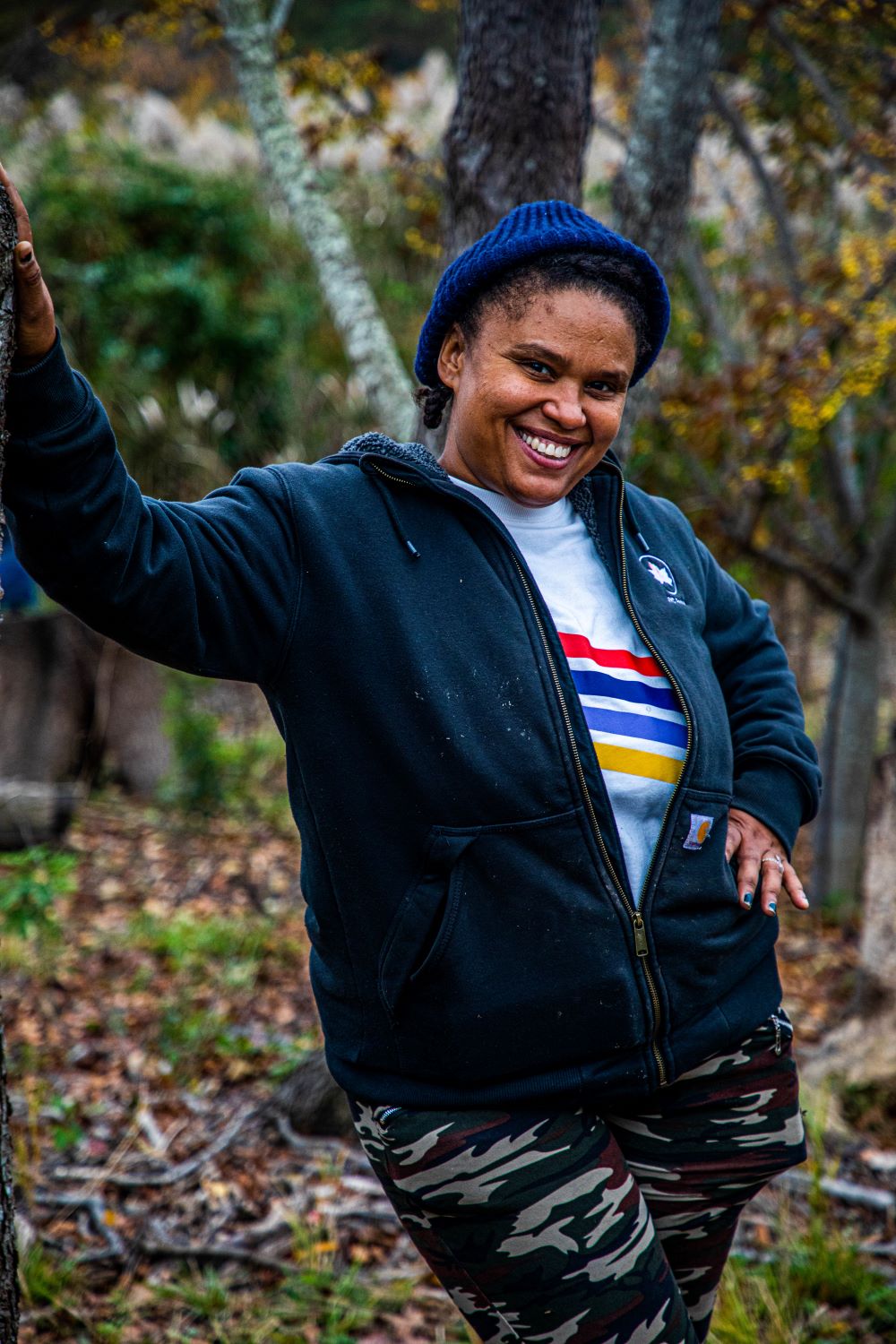
in professional development and training to rise through the ranks to her current position.
Photo Credit: Aleksandr Watson / American Forests
Much of the work happening along this pipeline in New York City is supported by American Express, including stipends for Gualtieri and two other year-long Natural Areas Conservancy interns at Greenbelt Native Plant Center. In their commitment to advancing climate solutions and backing low-carbon communities, American Express began partnering with American Forests in 2022, investing in the full, holistic approach to creating healthy urban forests with a goal of advancing Tree Equity in cities where their employees live and work. In addition to internships, American Express has supported the expansion of Greenbelt to help increase the availability of climate-resilient trees in the New York area. They’ve funded research and seed collection of disease-resistant tree species so that trees, like the ones planted in Alley Pond Park, will thrive for years to come.
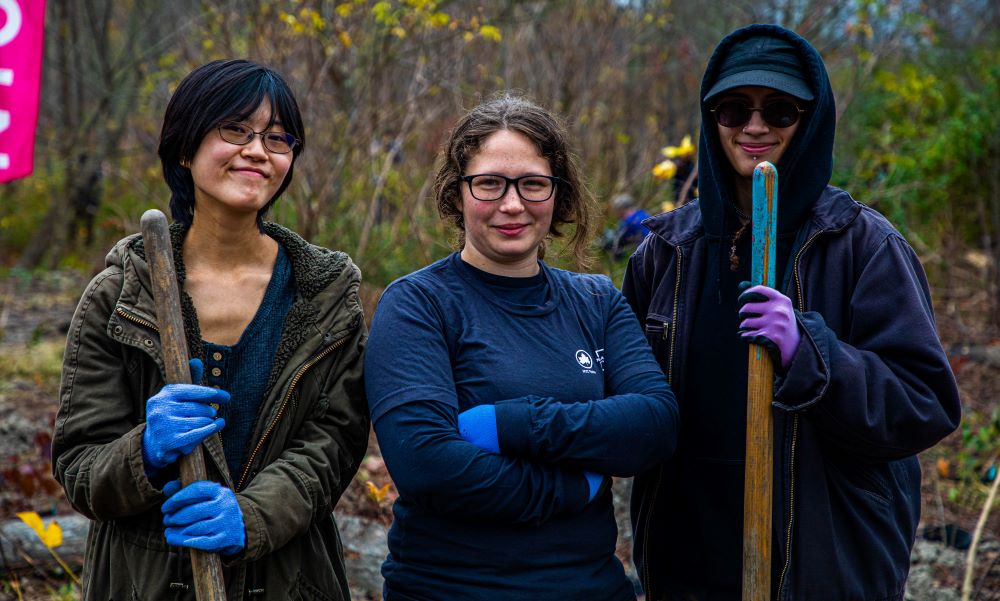
Photo Credit: Aleksandr Watson / American Forests
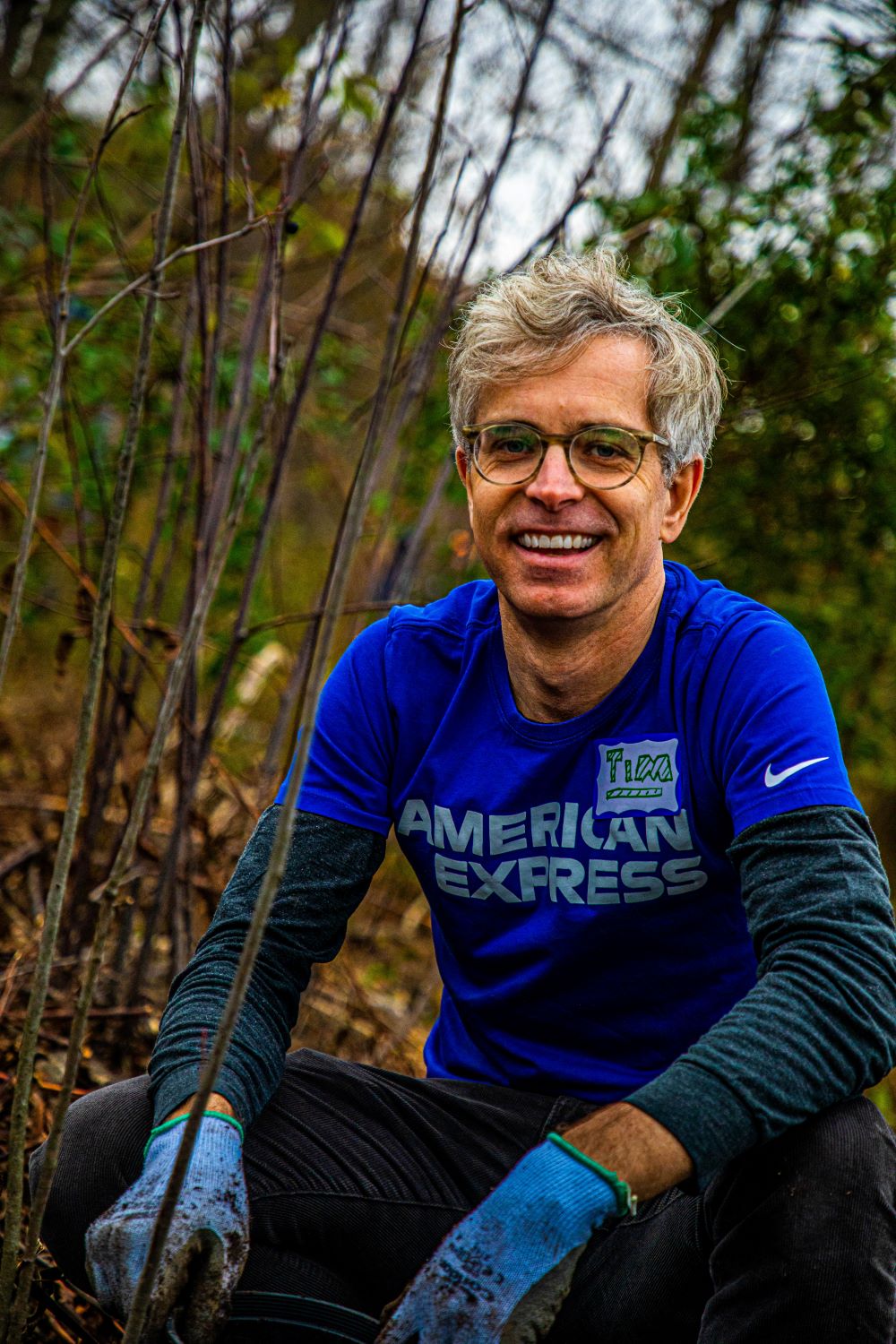
Photo Credit: Aleksandr Watson / American Forests
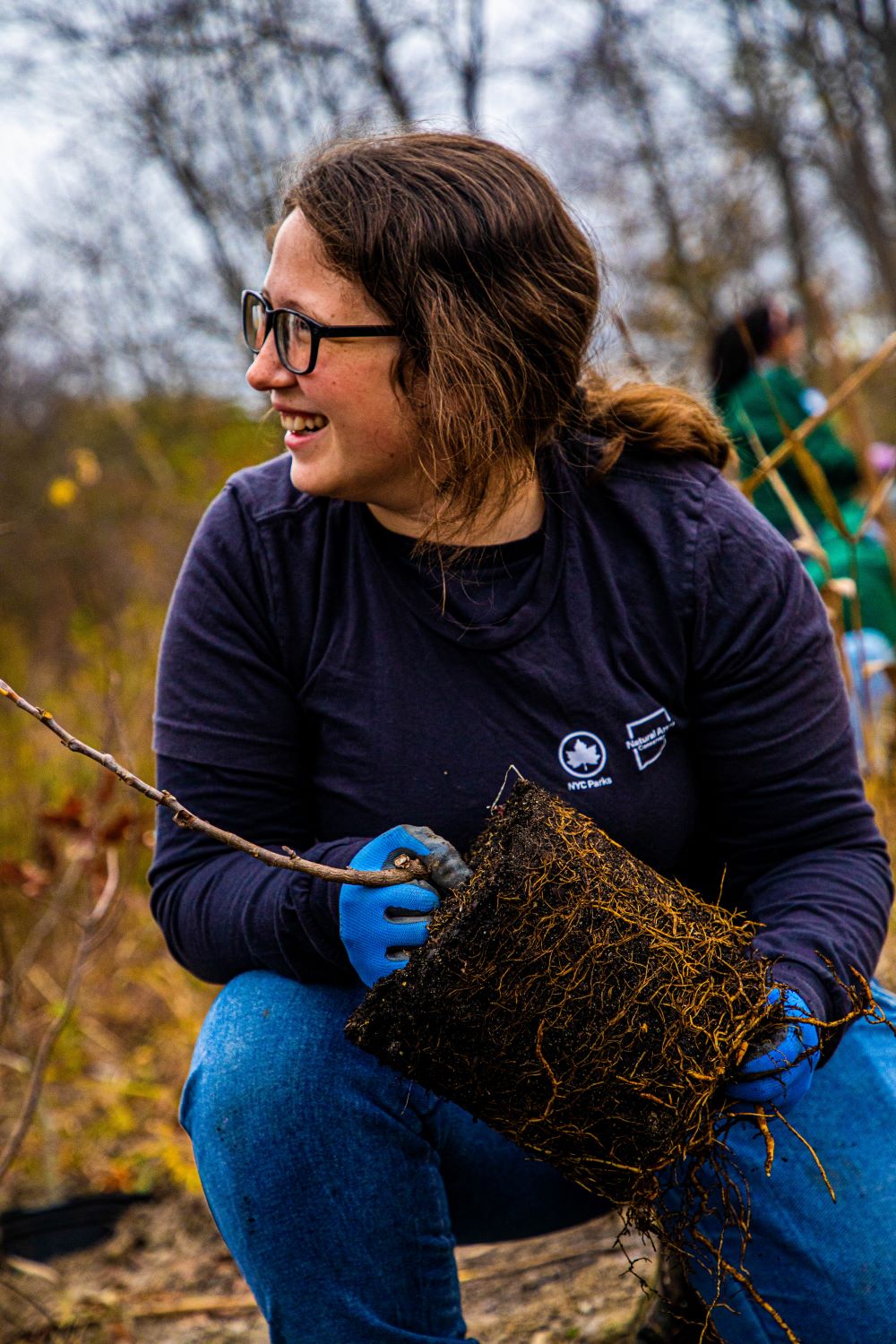
to training, advisement, funding and other opportunities to support the work of NYC Parks.
Photo Credit: Aleksandr Watson / American Forests
As Gualtieri completes her internship and prepares for her first semester at Brooklyn College, she leaves behind a strong legacy at Greenbelt Native Plant Center and across New York City. In addition to her day-to-day work supporting Greenbelt operations, Gualtieri’s capstone project was to conduct a native tree bed trial. With the goal of gaining a better understanding of the region’s native plants, and their survivability in urban environments, Gualtieri and her team monitored tree beds in small sidewalk openings in Queens and Brooklyn. Findings from this project will help urban foresters understand which diseases and pests target native plants in these unique, tiny ecosystems so that they can invest in trees and plants that have a better chance in the face of pollution like salting or lack of pollinators.
A New York native with a passion for her home, Gualtieri’s future is bright. “One of my main goals is to connect different communities and ensure that more people have the opportunity to enjoy natural areas,” she shares. In Alley Pond Park, she and other volunteers did just that, planting carefully cultivated seeds of Tree Equity for thousands of New Yorkers.
Adrienne Bermingham writes from New York and serves as American Forests’ senior manager of corporate partner communications.